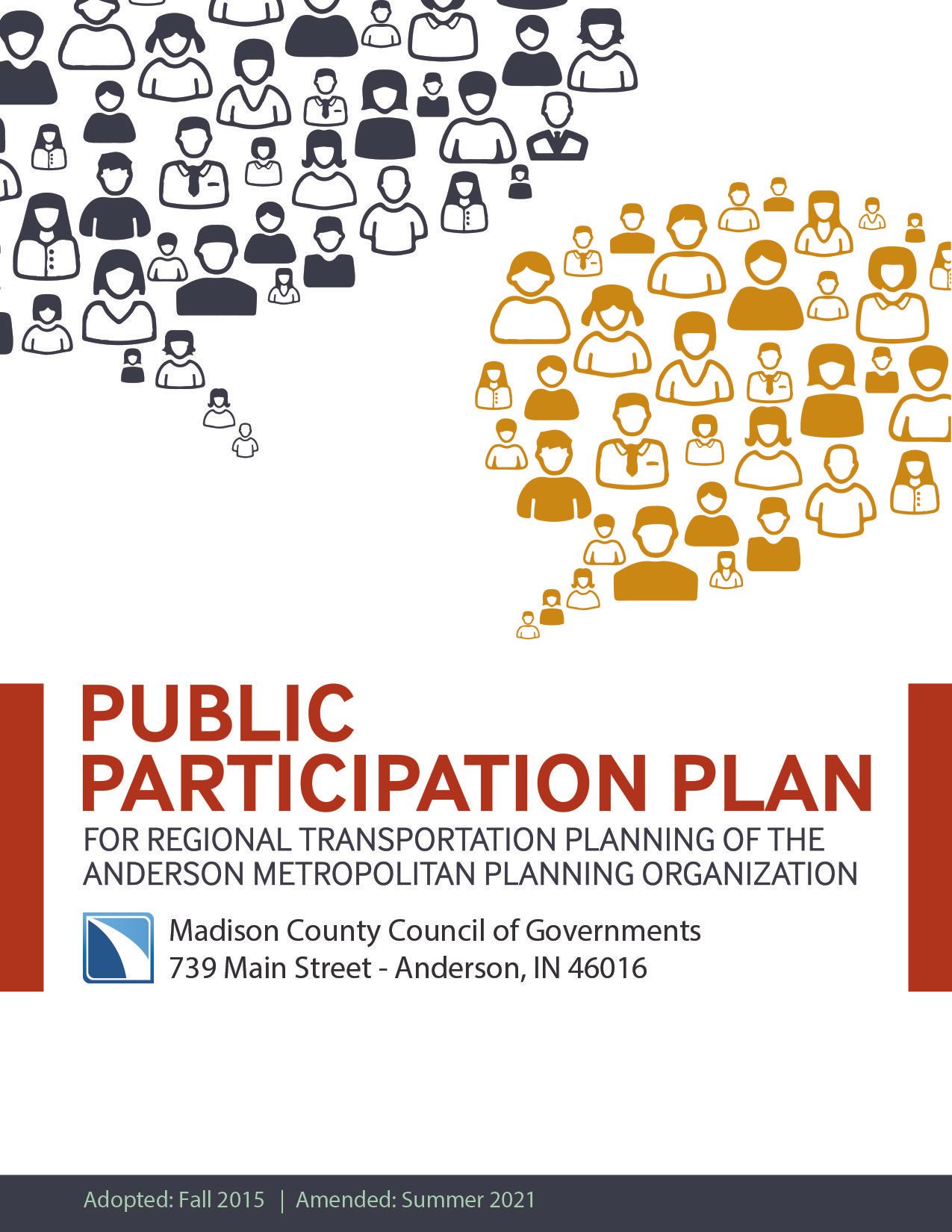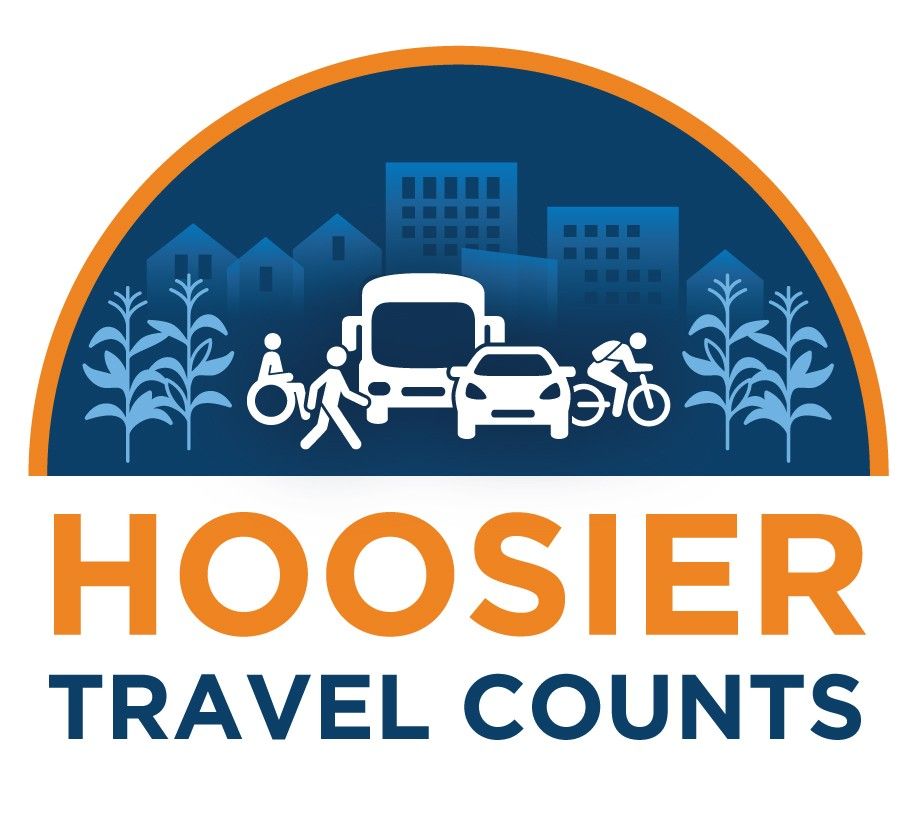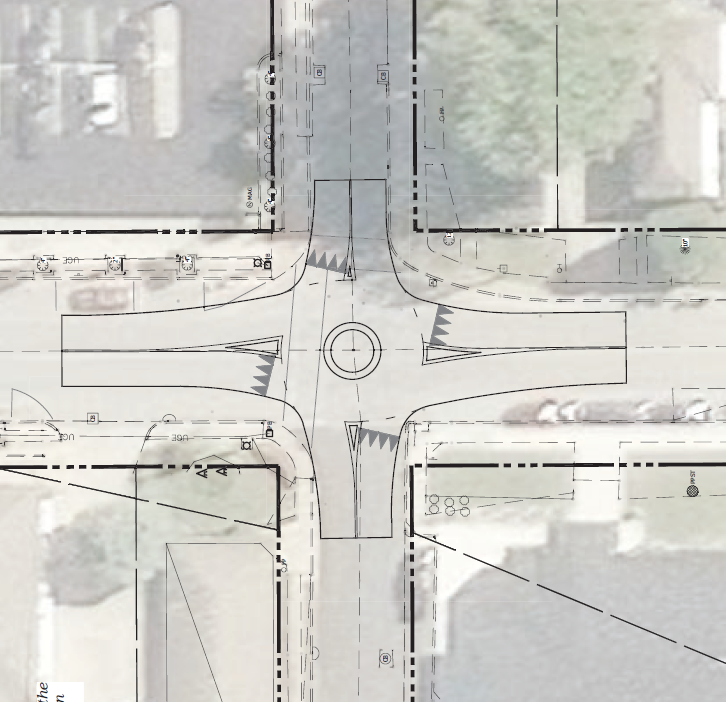Consejo de Gobiernos del Condado de Madison
Bienvenido a MCCOG - Anderson, Organización de Planificación Metropolitana de Indiana (MPO)
Bienvenido a MCCOG
MCCOG es una organización cooperativa de planificación regional, financiada en parte por Alexandria, Anderson, Daleville, Elwood, Pendleton y el condado de Madison, Indiana. Nuestro acuerdo chárter se firmó en mayo de 1969 en reconocimiento de la necesidad de una cooperación intercomunitaria orientada a la solución de los problemas comunes que se enfrentan en toda la región (condado de Madison, Indiana, Fortville, Indiana y Daleville, Indiana). Leer más
Proyectos / Servicios destacados
Mapeo GIS
Los especialistas en Sistemas de información geográfica (GIS) de MCCOG pueden crear, recopilar, almacenar, analizar, interpretar, mantener, manipular y visualizar grandes cantidades de datos geoespecíficos.
PROPINA
El Programa de Mejoramiento de Transporte o TIP, como se lo conoce comúnmente, es un documento que describe un programa de mejoras de transporte de cuatro años y etapas múltiples.
Conteos de volumen
Los datos de tráfico representan el promedio del tráfico diario anual (AADT, por sus siglas en inglés), y se han ajustado completamente en función de la variación en el día, la temporada y el eje.
Seguimiento trimestral
Bajo la guía del Departamento de Transporte de Indiana (INDOT), MCCOG debe llevar a cabo reuniones trimestrales para realizar un seguimiento de todos los proyectos relacionados con el transporte financiados con fondos federales.
Caminos y señales
Ahorre tiempo respondiendo a las solicitudes de los clientes. Esto te libera para hacer otras cosas, como encontrar nuevos clientes.
Asociación MS4
Es fácil administrar todos sus documentos en un solo lugar. También puede compartir con colegas en un clic.
Calidad del aire (CMAQ)
Nuestro equipo de soporte está aquí para garantizar que todo funcione sin problemas. Siempre encontrarás la ayuda que necesitas.
Política completa de calles
Observe cómo aumentan sus ganancias y aumenta su valor a medida que aumenta la eficiencia. Es más fácil de lo que piensas.
MCCOG Noticias y Anuncios

One of the requirements of an MPO is to maintain a Public Participation Plan that is updated every 3 years. We have recently updated this document and a draft will be available for public comment. The public comment period will begin Monday, April 19, 2021 and ends on Wednesday, June 2, 2021 at 4:00 pm. The public hearing will be held on Wednesday, June 2nd from 4:00 pm to 4:30 pm via www.GoToMeeting.com. The meeting access code is 369-736-973. Attendees may also access the meeting via phone at (312) 757-3121. Questions and public input regarding these documents will be duly noted and included in the Appendix of the final documents. The hearing will be held by electronic means only and no persons will be physically present. If any member of the public wishes to attend the meeting electronically, the meeting will be available using the information above. The Public Participation Plan is available for public review online at www.heartlandmpo.org from a link on the home page. Hard copies of this document may also be requested formally in writing to David Benefiel, 739 Main Street, Anderson, Indiana 46016 prior to May 3, 2021. Oral or written comments and suggestions regarding this document may be submitted to the Anderson MPO through Wednesday, June 2nd until 4:00 PM. Submissions may also be sent to David Benefiel, Principal Transportation Planner at dave@heartlandmpo.org or by phone at (765) 640-4201. Persons with disabilities or non-English speaking persons who wish to attend the public hearing and need assistance should contact David Benefiel at least 48 hours prior to the hearing at (765) 640-4201 between 8:00 AM and 4:00 PM, Monday through Friday. Every effort will be made to make reasonable accommodations for these persons. It is the intent of the Anderson MPO to formally approve the Public Participation Plan at its regular Policy Board meeting on June 3, 2021 with the caveat that no additional public comment is received by the June 2, 2021 deadline that would require significant changes or amendments to the document.






